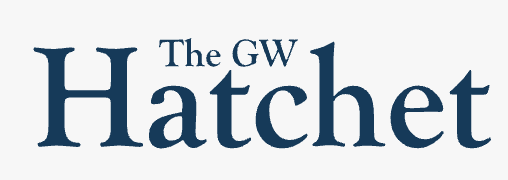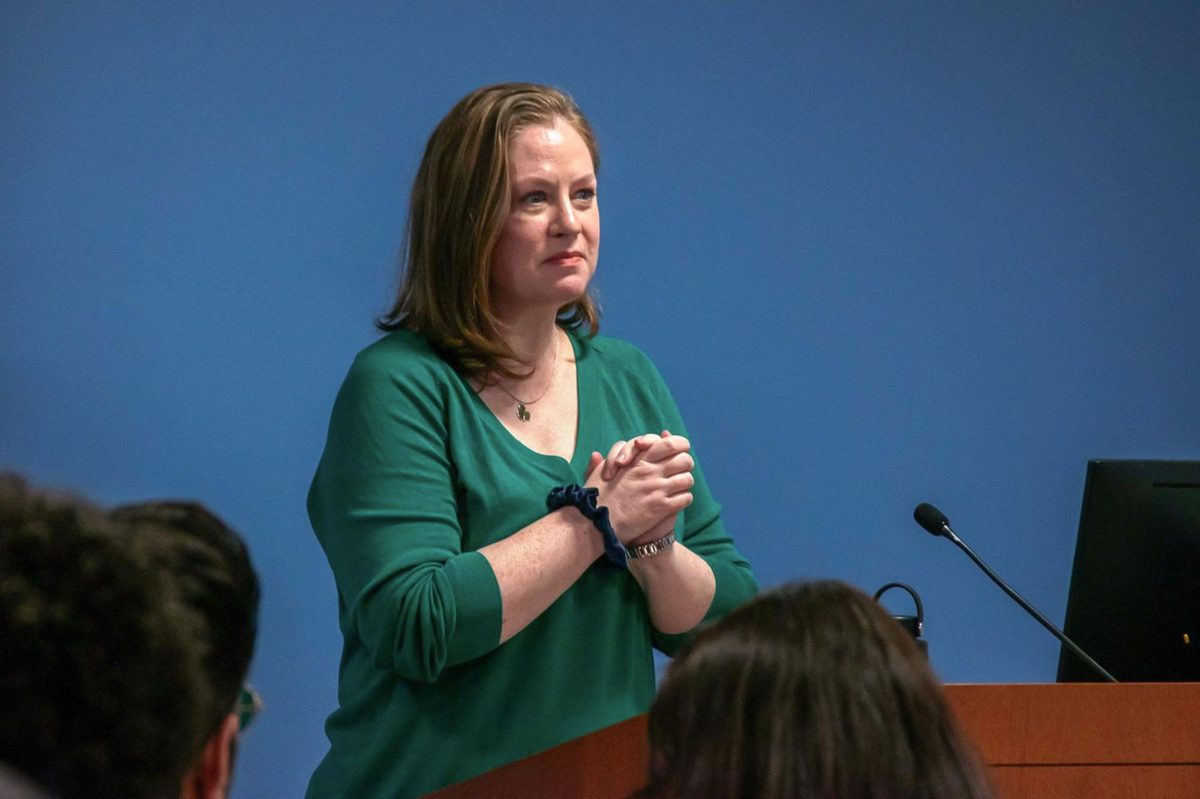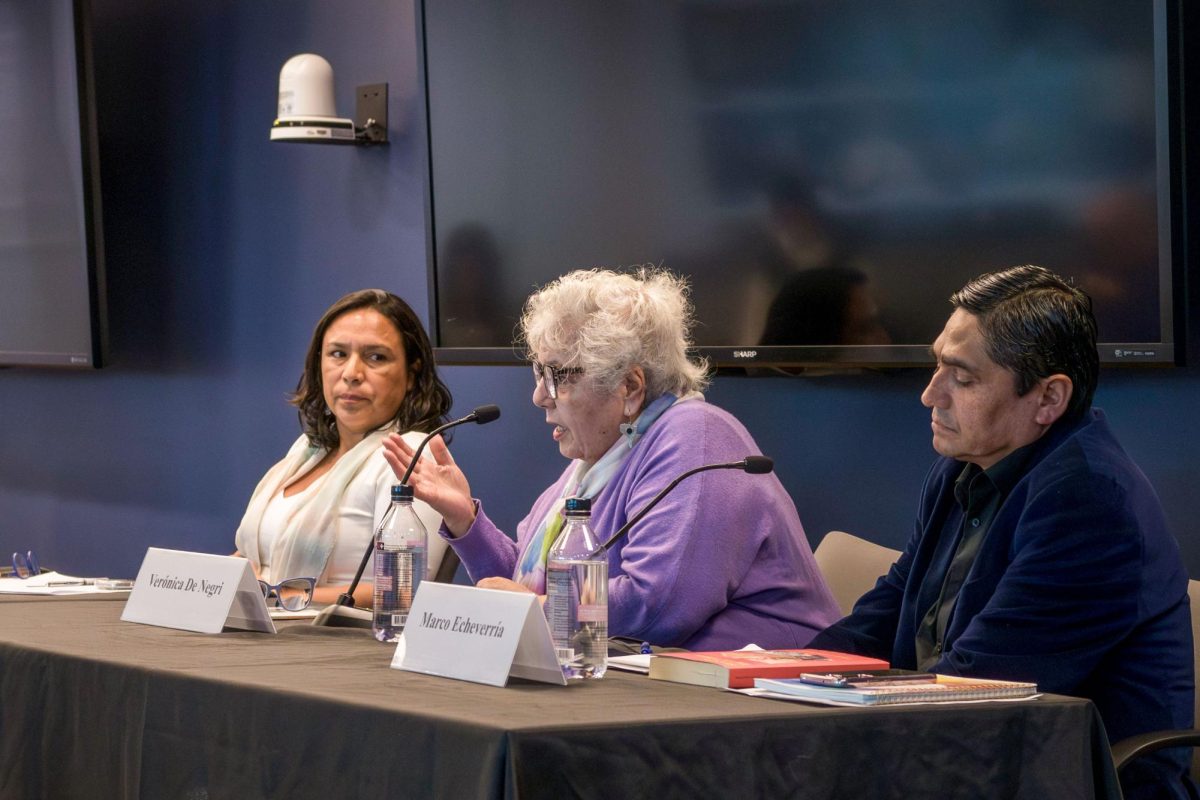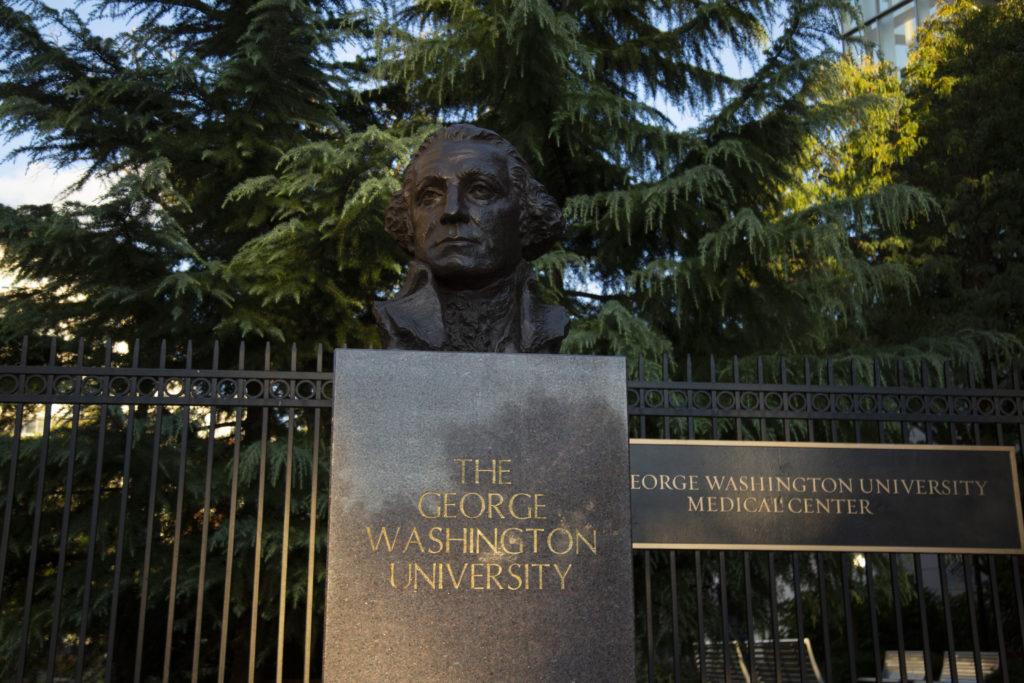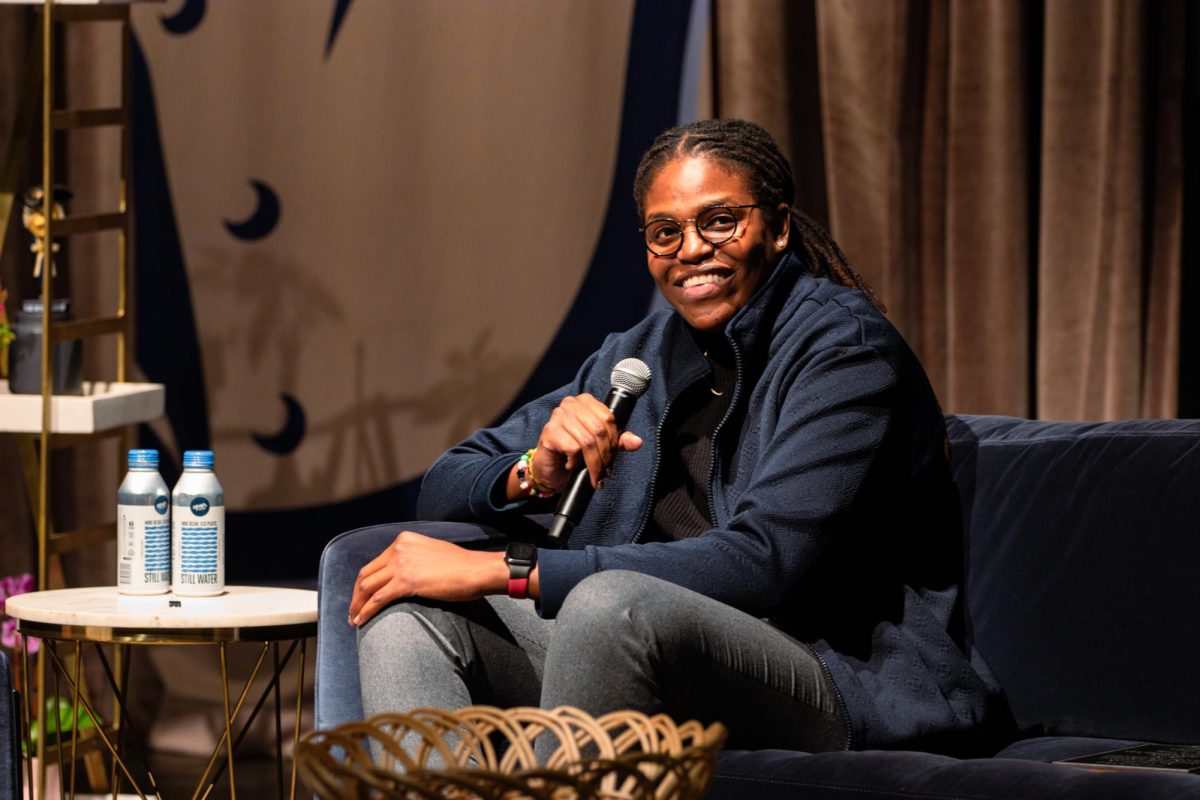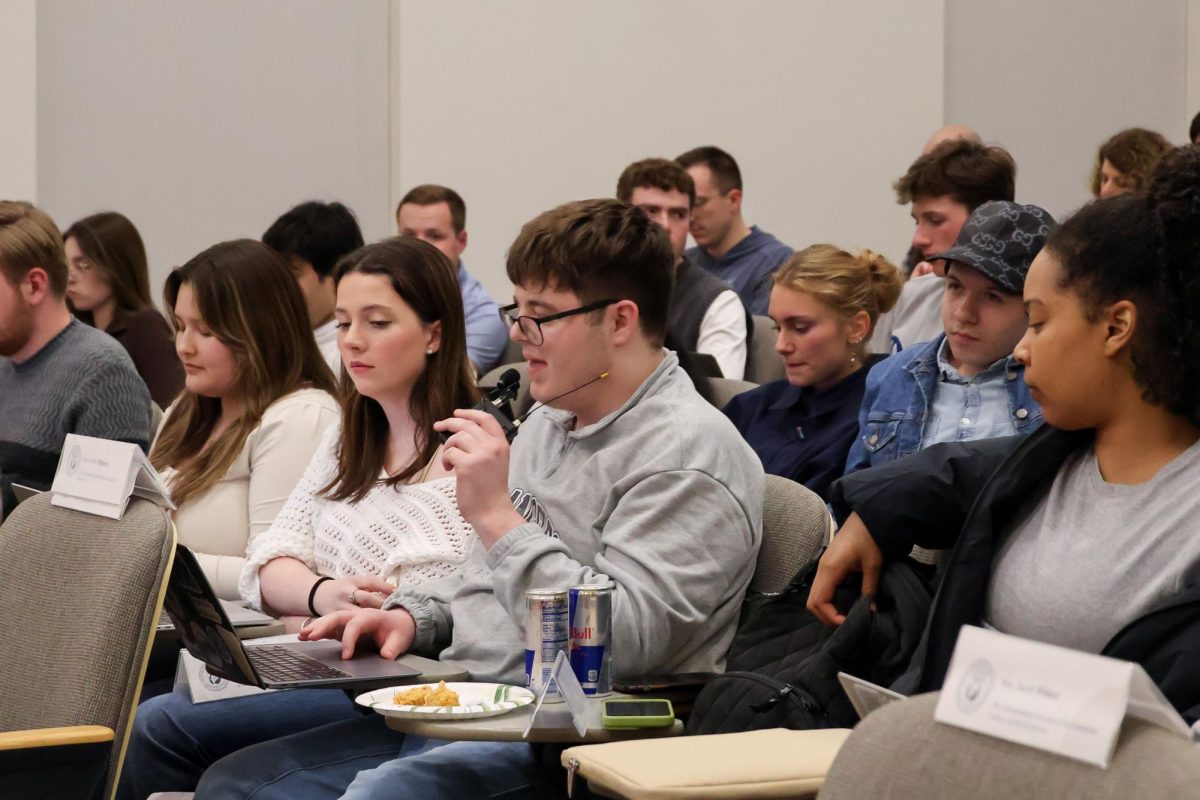Middle East and gender studies experts discussed the history of feminist movements in Iran and Afghanistan and the countries’ present-day activism in a panel Monday.
The Elliott School of International Affairs’ Gender Equality Initiative in International Affairs and the Institute for Middle East Studies hosted a panel with Halima Kazem, an associate director of feminist, gender and sexuality studies at Stanford University, and Kelly J. Shannon, a visiting scholar at the Institute for Middle East Studies. Kazem and Shannon spoke about the feminism movements in Afghanistan and Iran — a subject that they is underrepresented in the West, where some are unaware that feminism movements in these countries grew alongside Western feminism.
Kazem gave an overview of Afghan political history and how feminism in the country has progressed and regressed over time due to the country’s political climate. Kazem said Afghan women’s activism predates many Western feminist movements and that Afghan women have never been “passive observers” in their history, instead mobilizing women’s groups and advocating for government reform.
“Women in Afghanistan have challenged patriarchy, engaged in political resistance and played a crucial role in governance and reform throughout different periods of history,” Kazem said.
Kazem said there are five periods that mark the stages of development of feminist activism in Afghanistan with the first being in 1920 when Queen Soraya advocated for modernization of women’s rights. The second was in the 1960s to 1970s when the requirement for women to wear a mandatory head covering was lifted by the government in 1959 and a constitution granting women “more rights than ever before” was drafted by officials in 1964, which included one “powerful” clause that made the Queen the country’s sovereign ruler in the case a king dies before his successor is 20 years old.
“That was very progressive, not just for that region, but just internationally as well,” Kazem said.
Kazem said the third period of Afghan feminism was when feminist groups like the Revolutionary Association of the Women of Afghanistan emerged in the late 1970s and early 1980s after a communist coup of 1978 unseated the government of President Mohammad Daoud Khan. She said the fourth period was during American occupation after the 9/11 attacks, where Afghanistan saw the largest and most expensive gender project in history, which lead to the empowerment of women and gave them the ability run for public office.
Kazem said the fifth period is currently happening. The Taliban reclaimed control over Afghanistan in 2021 and implemented a “gender apartheid” that bans women from working, pursuing education, choosing what they can wear and walking in public without a male chaperone.
“That’s where we’re at right now, and it’s still unimaginable for me, considering the progress that the 20 years of the Republic had,” Kazem said.
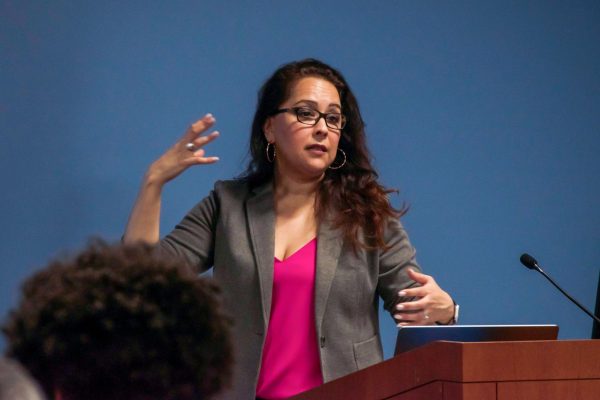
Shannon opened her section of the lecture of Iranian feminist history by discussing the 2022 death of Mahsa Amini, a young woman who died in custody of Iran’s morality police, Gasht-e Ershad, for wearing her hijab improperly, which ignited recent protests against nationwide human rights violations.
Shannon said the current feminist movement, known globally by its slogan “Woman, Life, Freedom,” is being led by young women and many anti-regime men who fight for democracy, women’s rights and social justice and is the continuation of many generations of feminist activism.
“Now this movement builds upon and extends well over a century of Iranian women’s rights activism,” Shannon said.
Shannon said the beginning of Iranian feminism was during Iran’s Constitutional Revolution that lasted from 1905 to 1911, where the Iranian people forced the Qajar dynasty to become a more democratic system through mass protests and boycotts with the help of feminist activists who played a crucial role by protesting, writing to newspapers and setting up the first women’s periodicals in Iran.
Shannon said the end of World War I marked a new wave of feminist activism where more women’s organizations emerged and conducted protests, boycotts and literacy classes for Iranian women which was inspired by feminist movements in the West, Turkey and Egypt during the 1920s.
She said the next wave of the feminist movement in Iran started during World War II when the Allies facilitated a regime change in Iran that reverted the government to the 1907 constitution. Shannon said this era was a time of political openness and the new shah, Mohammad Reza Shah, co-opted the feminist agenda to his political reforms.
Shannon said Iranian women were able to vote, hold public office and were guaranteed equal pay during this time.
“These women, really, I think, were on the forefront of the fight for global gender equality in this time period before 1979 when Iran had its Islamic revolution,” Shannon said.
Shannon said this period of progress was interrupted by the Islamic Revolution led by Ayatollah Ruhollah Khomeini, which initially was ultimately overtaken by fundamentalist Muslims. She said despite the harsh restrictions placed on women like the mandating of headscarves, sex segregation and bans from many professions, women made “creative” forms of protest like the colorful scarves meant to protest dress code.
Shannon said Iranian women continue to protest through petitioning and peaceful protests but today’s movement differs from previous movements because of its widespread support among males and revolutionary call to end the Islamic regime.
“This is a major moment, and if they succeed, this movement may prove to be the world’s first feminist political revolution,” Shannon said.
